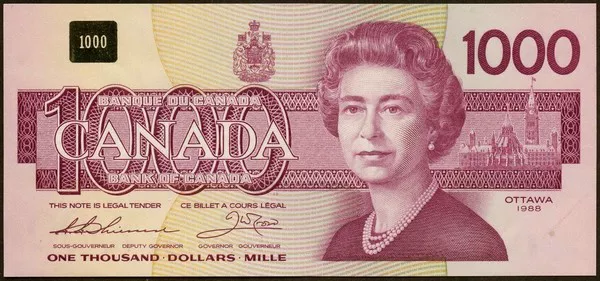The USD/CAD pair is currently finding interim support near 1.3450 during the European session on Thursday after experiencing a sell-off in the past two trading sessions. The broader activity in the Canadian Dollar (CAD) remains subdued due to a light economic calendar in the United States this week.
The US Dollar Index (DXY) is hovering around 104.00, with investors digesting the Federal Reserve’s (Fed) stance that interest rate reductions will only occur when there is confidence that inflation will sustainably return to the 2% target.
Boston Federal Reserve Bank President Susan Collins mentioned on Wednesday that the central bank could potentially lower interest rates later this year if economic data aligns with their goals. However, she did not provide a specific timeline for potential rate cuts, emphasizing the need for confidence in inflation reaching the 2% target.
Market participants are eagerly awaiting Canada’s Employment data for further direction. Estimates suggest that Canadian employers added 15,000 workers in January, with the Unemployment Rate expected to rise to 5.9%, compared to 5.8% in December.
The USD/CAD pair is currently trading within an Ascending Triangle chart pattern on a four-hour timeframe. The pattern indicates a volatility contraction with a positive bias. The upward-sloping trendline originates from the low on December 29 at 1.3178, while the horizontal resistance is drawn from the high on January 17 at 1.3542.
Temporary support is identified near the 50-period Exponential Moving Average (EMA) at approximately 1.3466.
The 14-period Relative Strength Index (RSI) is oscillating in the 40.00-60.00 range, suggesting that investors are awaiting a fresh economic trigger.
A potential upside move could materialize if the USD/CAD pair surpasses the high on January 17 at 1.3542, targeting the round-level resistance of 1.3600, followed by the high on November 30 at 1.3627.
Conversely, a downturn may occur if the pair falls below the low on January 31 at 1.3359. This would expose the asset to the lows on January 4 at 1.3318 and January 5 at 1.3288.


